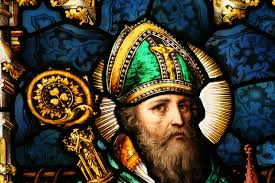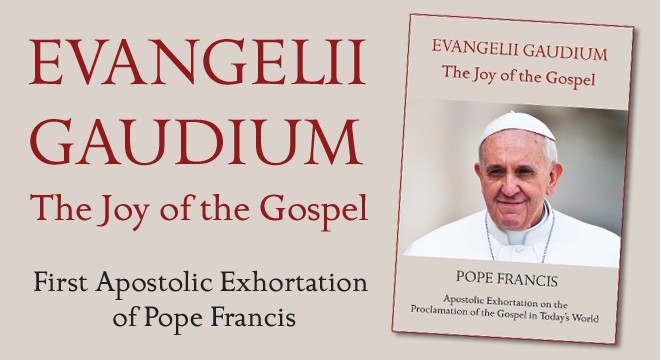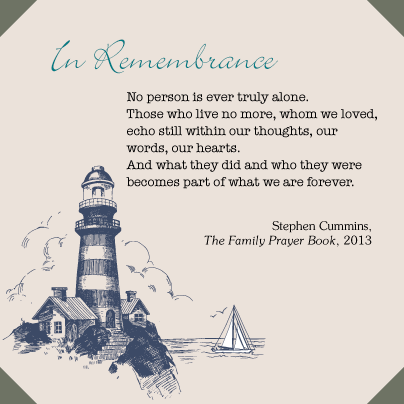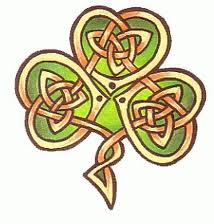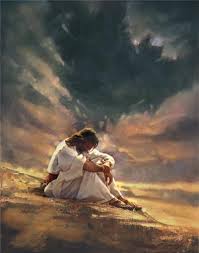Readings for Monday 17 March 2014
Solemnity of Saint Patrick, Bishop and Principal Patron of Ireland
Eccles (Sir) 39:6-10. Ps 115:12-19, R/ v 12. 2 Tm 4:1-8. Mt 13:24-32. www.catholicbishops.ie/readings
Saint Patrick was born very probably in the early years of the fifth century in the Roman colony of Britain. He was taken captive at the age of sixteen and brought to Ireland where he was sold as a slave. He tended herds on Slemish mountain for six years. His captivity had a very positive effect on his spiritual life. he prayed many times each day, his faith growing stronger and his love and reverence for God increasing. He escaped back home at the age of twenty-two. It was obvious to him that God was calling him to return to convert the Irish. The voice of the Irish was calling him to come and walk among them once more. He studied probably in France, returned to Ireland as a bishop c. 457-61 or as early as 432 according to another tradition. His mission was not immediately greatly successful but eventually he would make a tremendous number of converts. Two writings survive: the Letter to Coroticus, a protest to the soldiers of a British prince who had killed some converts and sold others as slaves, and his Confession, written near the end of his life, showing him as one living by the faith he preached and allowing Christ to direct his whole life. He died in 491, though again other dates have been suggested, 480 or as early as 461.
Pope Francis on Twitter
“Our Lady is always close to us, especially when we feel the weight of life with all its problems.”
Excerpt from Evangelii Gaudium The Joy of the Gospel
“The word of God also invites us to recognise that we are a people: “Once you were no people but now you are God’s people” (1 Pet 2:10). To be evangelizers of souls, we need to develop a spiritual taste for being close to people’s lives and to discover that this is itself a source of greater joy. Mission is at once a passion for Jesus and a passion for his people. When we stand before Jesus crucified, we see the depth of his love which exalts and sustains us, but at the same time, unless we are blind, we begin to realize that Jesus’ gaze, burning with love, expands to embrace all his people. We realize once more that he wants to make use of us to draw closer to his beloved people. He takes us from the midst of his people and he sends us to his people; without this sense of belonging we cannot understand our deepest identity”. – Evangelii Gaudium 268
Venerable Archbishop Fulton Sheen
“It is very hard to convince those whose lives are dominated by feeling that faith has nothing whatever to do with emotion. Nor does it have anything to do with “feeling good,” because very often faith recommends something that is very difficult, such as taking up a cross.”
Audio Reflection for Lent 2014
Kate McQuillan from Trócaire’s Outreach Team offers a reflection for Lent 2014.
Click
to listen.
Education resources from Trócaire for Lent 2014
Click here for Trócaire’s education resources on this year’s Lent campaign.
Daily Lenten Prayers
(i) Prayer in Remembrance
(ii) We pray that young people
inspired by the example of Patrick,
may courageously take up the missionary challenges
of our age as joyful witnesses of the gospel.
(iii) We pray for Irish people all over the world,
that they may enjoy God’s favour.
We remember those who are lonely
and those who cannot return home.
The Deer’s Cry, attributed to St Patrick, is known by several names: The Breastplate of St Patrick and Lorica to mention two. It is a beautiful prayer celebrating a God who lives with his children, guiding them, sheltering them, strengthening them. A God who is with us and in us through his Creation.
Click here to listen to The Deer’s Cry
Lúireach Phádraig
Críost liom, Críost romham,
Críost i mo dhiaidh, Críost istigh ionam,
Críost fúm, Críost os mo chionn,
Críost ar mo lámh dheis, Críost ar mo lámh chlé,
Críost i mo luí dom, Críost i mo sheasamh dom,
Críost i gcroí gach duine atá ag cuimhneamh orm,
Críost i mbéal gach duine a labhraíonn liom,
Críost i ngach súil a fhéachann orm,
Críost i ngach cluas a éisteann liom.
Resources on the Vatican website for Lent 2014
The Vatican is collating all the resources for Lent 2014 on a special link on the home page of www.vatican.va. It includes the catechesis, addresses and homilies of the Holy Father, information on liturgical events and video and other multimedia content. Click here to access it.
The Meaning of Lent
The English word ‘Lent’ comes from the Anglo-Saxon word Lencten, meaning ‘Spring’. In other languages the word comes from the Latin, Quadragesima – a period of 40 days. In the Christian tradition the forty days is understood to refer to a time of intense prayer and preparation; we remember the biblical stories of Noah and the flood of 40 days, the forty years the Israelites spent wandering in the wilderness and Christ’s forty day fast in the desert in preparation for his earthly ministry.

